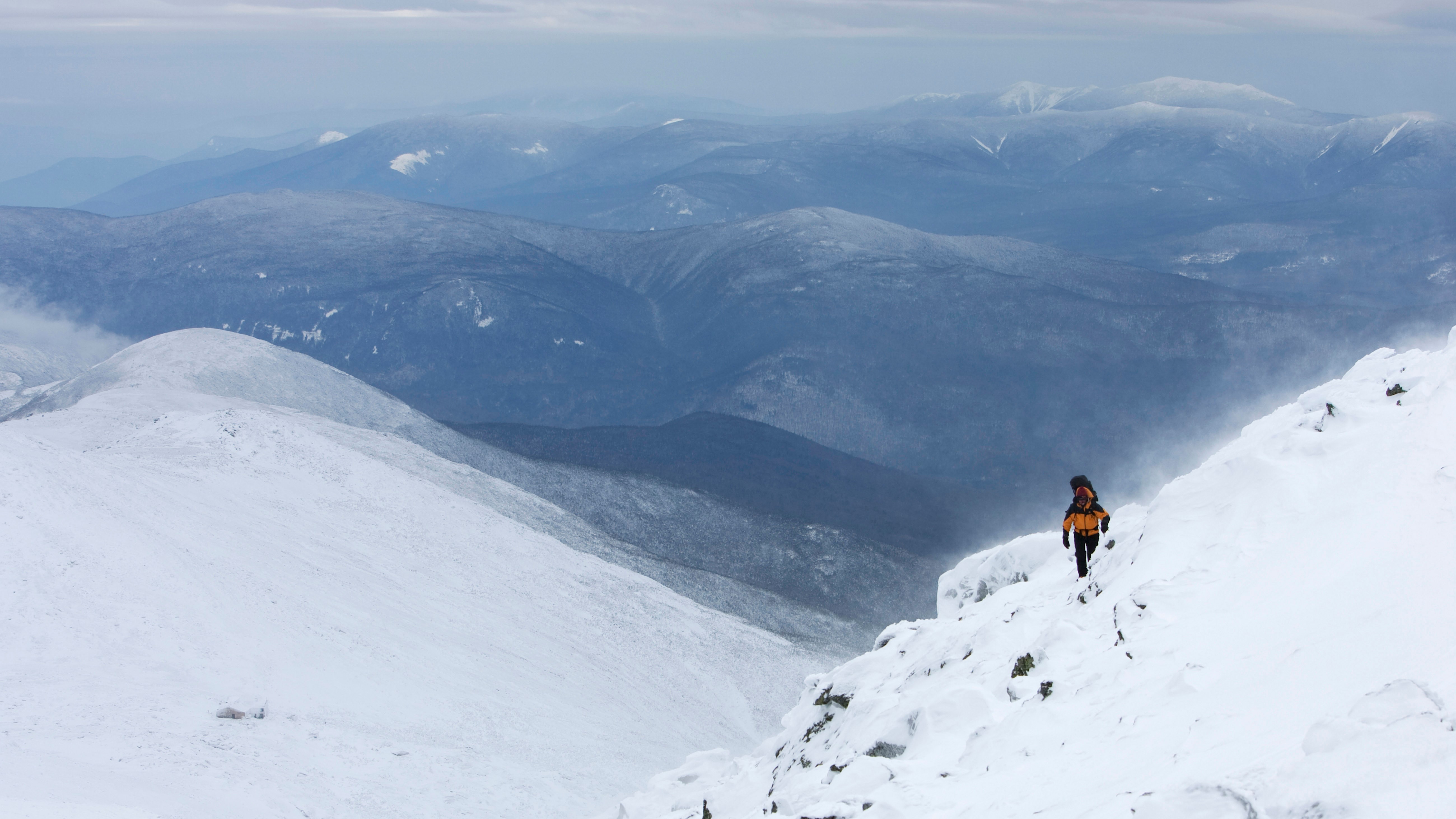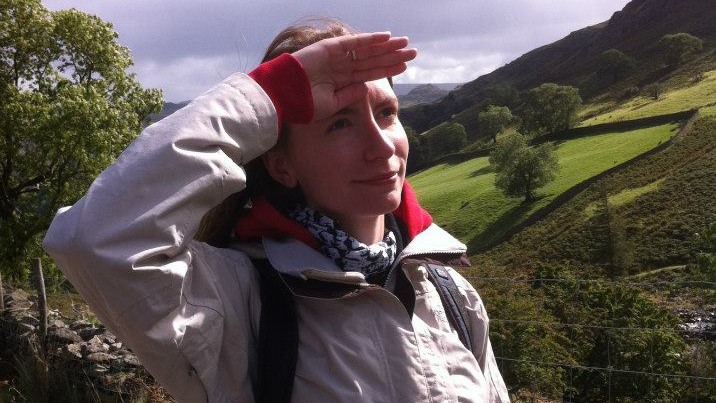
A snowboarder had a very narrow escape after falling head-first into the Tuckerman Ravine Waterfall Hole earlier this month. The accident, which happened on April 15, was caught on camera by a spectator who couldn't contain his shock as the victim vanished into the chasm.
As winter sports site Snow Brains reports, the man lost control during a particularly technical descent, and fell into one of the deep holes created by meltwater in the spring.
Like crevasses, these holes are hidden hazards that can easily claim lives in the mountains. Thankfully this snowboarder was lucky enough to land on a rock ledge about 15 feet inside the hole, and was able to detach his board and escape using his ice axe. He was uninjured, but had he fallen at a different angle, the outcome could have been very different.
The video was shared yesterday by Mount Washington Avalanche Center (MWAC), which explained why the accident happened, and how it could have been avoided.
"At a distance, the takeaways from this incident seem relatively obvious - traveling above large open holes in the snowpack in highly technical terrain has extremely high consequences and little margin for error," MWAC wrote. "However, there are several nuances to this hazard and this location that are worth pointing out for the goal of education and preventing these accidents in the future."
Springtime safety
The center recommends making a note of terrain features on your way up the mountain, but warns that your perspective will flip on the way down, making it easy to lose spatial reference. That's particularly true with steep convex shapes, like the Tuckerman Headwall, which hide hazards.
You always have control over the level of risk you're willing to take, and should think critically about which routes you choose and the potential consequences of your actions.
All the latest inspiration, tips and guides to help you plan your next Advnture!
"Fully understanding the consequences of a hazard and the ability to maintain control over your exposure to that hazard will help maintain your acceptable margin error when taking on risk in the mountains," says MWAC.
Spring is a particularly hazardous time, as concentrated runoff can cause the snowpack to crack and shift, creating deep rifts similar to crevasses in a glacier. These can be up to 50ft deep, and wide enough for a person to fall inside.
"Deep holes often appear as depressions in the snowpack from a distance,2 warns MWAC. "They are often found next to or below rock buttresses and boulders where water collects and melts snow from the surface.
"In the route planning process, it is important to identify where these could be found and to make sure there is a way to avoid them. Traveling above these features increases the consequences of a fall. Fresh unsupportive snow can mask the openings."
- Best avalanche beacons: emergency transceivers you can rely on

Cat is the editor of Advnture, She’s been a journalist for 15 years, and was fitness and wellbeing editor on TechRadar before joining the Advnture team in 2022. She’s a UK Athletics qualified run leader, and in her spare time enjoys nothing more than lacing up her shoes and hitting the roads and trails (the muddier, the better), usually wearing at least two sports watches.
